The Shivleni Caves, also known as the Ambajogai Caves, are a group of ancient rock-cut caves located in Ambajogai, Maharashtra, India. These caves are renowned for their historical significance and are believed to be associated with the great Maratha ruler Shivaji’s birthplace, the Shivneri Fort. Carved into the basalt rock of the Western Ghats, these caves offer a glimpse into the region’s past, showcasing the architectural prowess and religious sentiments of the time. The caves are a testament to the rich cultural heritage of India and continue to be a subject of interest for historians and tourists alike.
Get your dose of History via Email
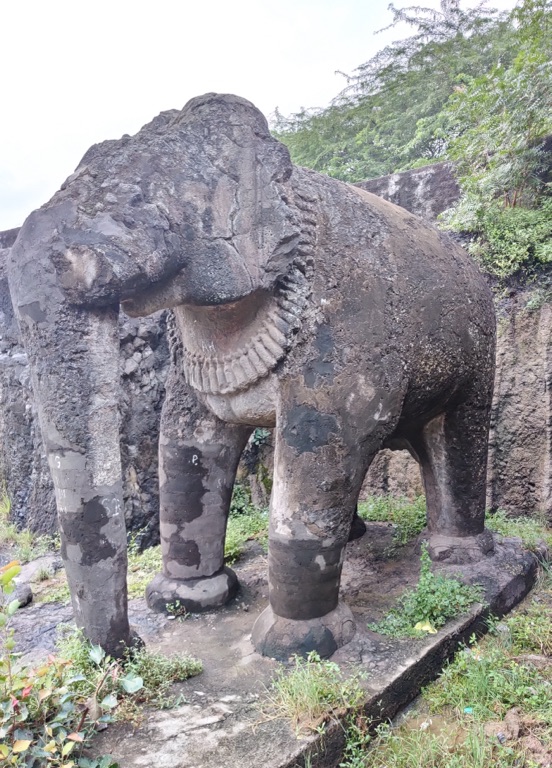
Historical Background of Shivleni Caves
The discovery of the Shivleni Caves dates back to the 19th century when British officers stumbled upon them during their colonial rule in India. However, the caves themselves were created much earlier. Historians attribute their construction to the Satavahana period, which lasted from around the 2nd century BC to the 2nd century AD. The caves served as a monastic complex for Buddhist monks during this time.
As for the creators, it was the Satavahana dynasty that built these caves. They were known for their patronage of Buddhism and for establishing several such cave complexes in the region. The Shivleni Caves later became a strategic location due to their proximity to the Shivneri Fort. This fort is the birthplace of Shivaji, the founder of the Maratha Empire.
 Over the centuries, the caves have witnessed various inhabitants and visitors. They have served as a sanctuary for monks, a hideout for warriors, and a retreat for pilgrims. The caves have also been the scene of significant historical events, particularly during the Maratha rule when the fort played a crucial role in regional politics.
Over the centuries, the caves have witnessed various inhabitants and visitors. They have served as a sanctuary for monks, a hideout for warriors, and a retreat for pilgrims. The caves have also been the scene of significant historical events, particularly during the Maratha rule when the fort played a crucial role in regional politics.
Despite their historical importance, the Shivleni Caves are not as well-known as other cave complexes in Maharashtra, such as the Ajanta and Ellora caves. Nevertheless, they provide valuable insights into the region’s history and the spread of Buddhism in India. The caves have also been the focus of several archaeological studies, which have helped to shed light on their past.
Today, the Shivleni Caves are protected under the Archaeological Survey of India. They continue to attract history enthusiasts and tourists who are eager to explore the legacy of the Satavahana dynasty and the early life of Shivaji. The caves stand as a silent witness to the ebb and flow of empires and the enduring spirit of human civilization.
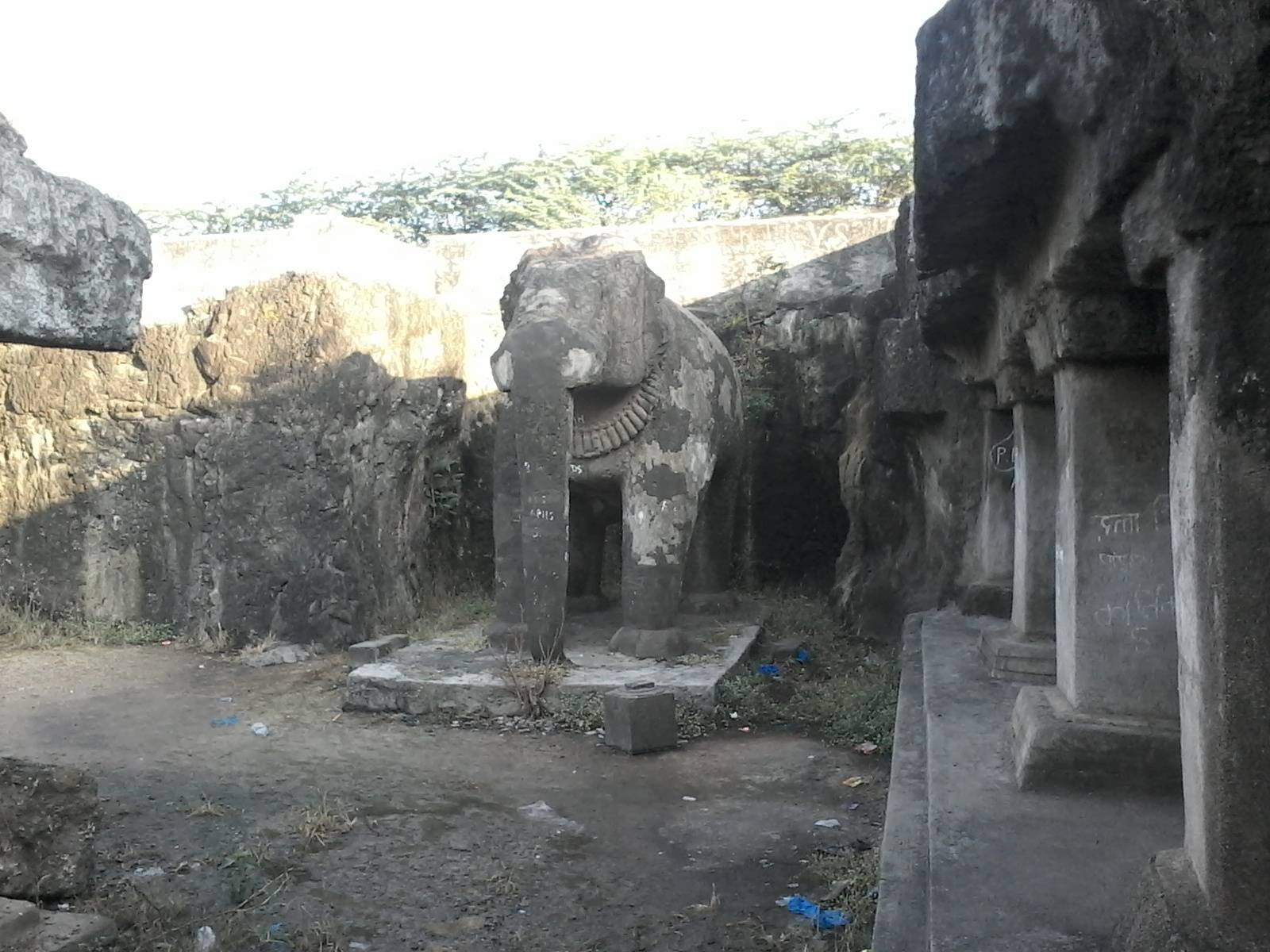
About Shivleni Caves
The Shivleni Caves are a series of rock-cut structures that exhibit the typical features of early Buddhist architecture. The caves are carved out of the basalt rock formations characteristic of the Deccan Plateau. This volcanic rock provided a sturdy canvas for the ancient artisans to sculpt and create their monastic dwellings.
The caves’ architecture includes viharas (monastic cells), chaityas (prayer halls), and stupa-like structures. These elements reflect the influence of Buddhist traditions and the monks’ requirements for meditation and communal gatherings. The caves also feature intricate carvings and inscriptions, which offer a glimpse into the artistic skills of the period.
The construction methods of the Shivleni Caves involved chiseling and carving the rock face manually. The builders used simple tools made of iron and wood to painstakingly create the caves over many years. The natural durability of basalt has helped preserve the caves’ structures to this day.
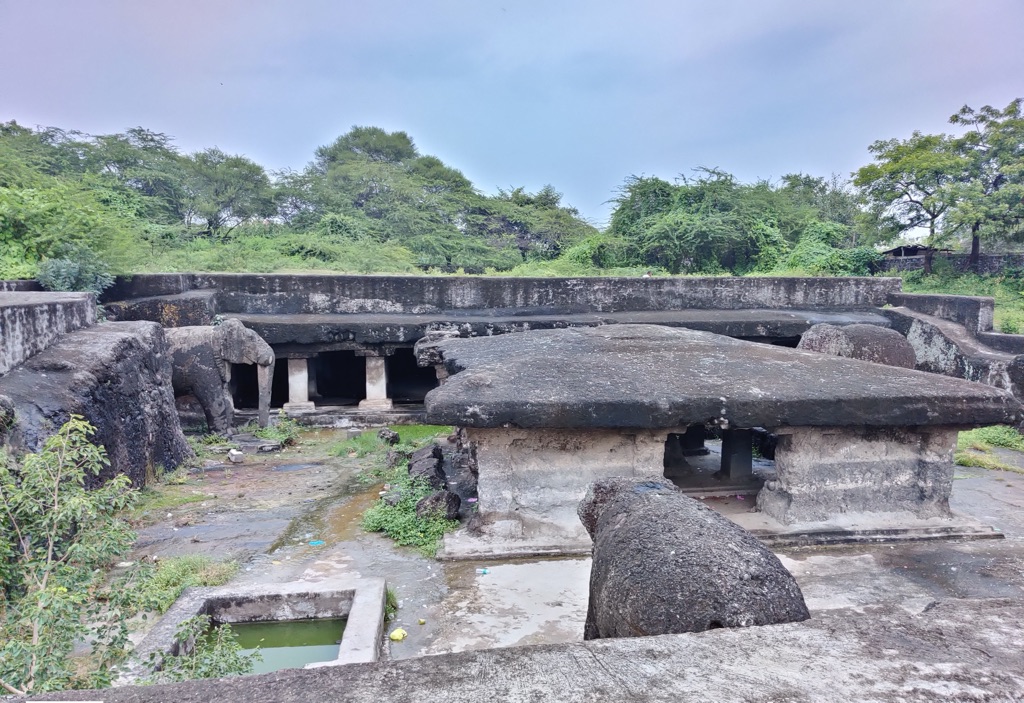
One of the architectural highlights of the Shivleni Caves is their water management system. The caves have channels and cisterns that were used to collect and store rainwater, a testament to the ingenuity of their creators. This system was crucial for the survival of the monastic community, especially during the dry seasons.
Despite the ravages of time, the Shivleni Caves have retained much of their original grandeur. The caves continue to fascinate visitors with their blend of simplicity and complexity, serving as a reminder of the region’s ancient architectural heritage. They stand as a symbol of the harmonious relationship between human creativity and the natural environment.
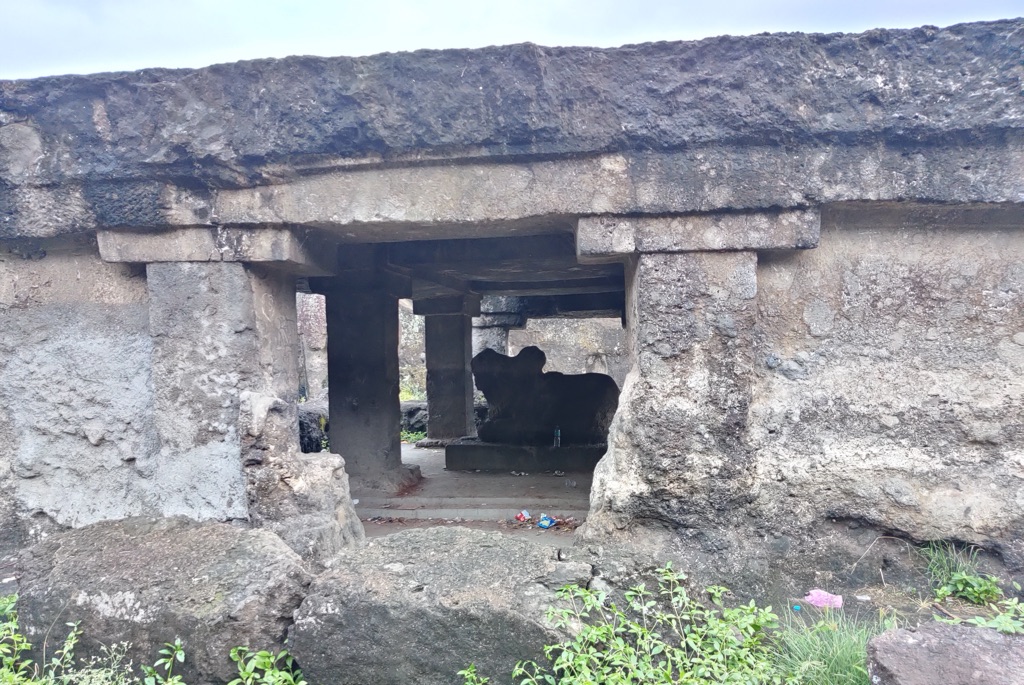
Theories and Interpretations
Several theories have been proposed regarding the use and significance of the Shivleni Caves. The most widely accepted view is that they were used as a monastic complex by Buddhist monks. The presence of viharas and chaityas supports this theory, indicating a place for living, teaching, and worship.
There are mysteries surrounding the caves, particularly concerning the identity of the patrons who funded their construction. While the Satavahana dynasty is credited with their creation, the exact individuals or groups responsible remain unknown. Inscriptions found in the caves could provide clues, but they have yet to be fully deciphered.
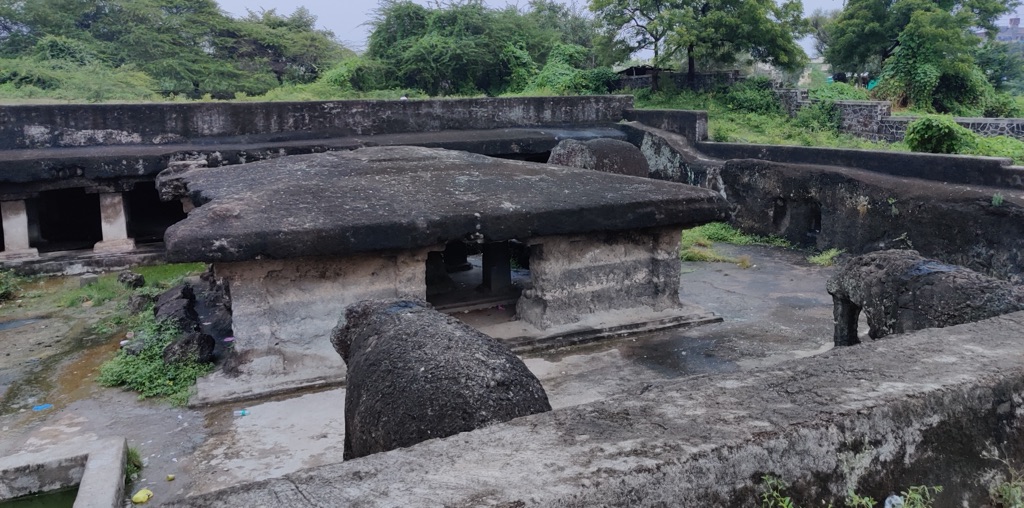
Interpretations of the caves’ carvings and inscriptions have had to be matched to historical records to understand their context. These interpretations help historians piece together the religious and social life of the period. The caves’ iconography also provides insights into the evolution of Buddhist art and iconography in the region.
Dating of the Shivleni Caves has been carried out using stylistic analysis and comparison with other similar cave complexes. While precise dating is challenging, the general consensus places their creation in the Satavahana period. Archaeologists have not yet employed more advanced dating methods, such as radiocarbon dating, on the site.
The Shivleni Caves continue to be a subject of academic interest, with ongoing research aiming to uncover more about their history and purpose. The caves’ enduring legacy is a testament to the rich tapestry of India’s past and the universal appeal of its ancient monuments.
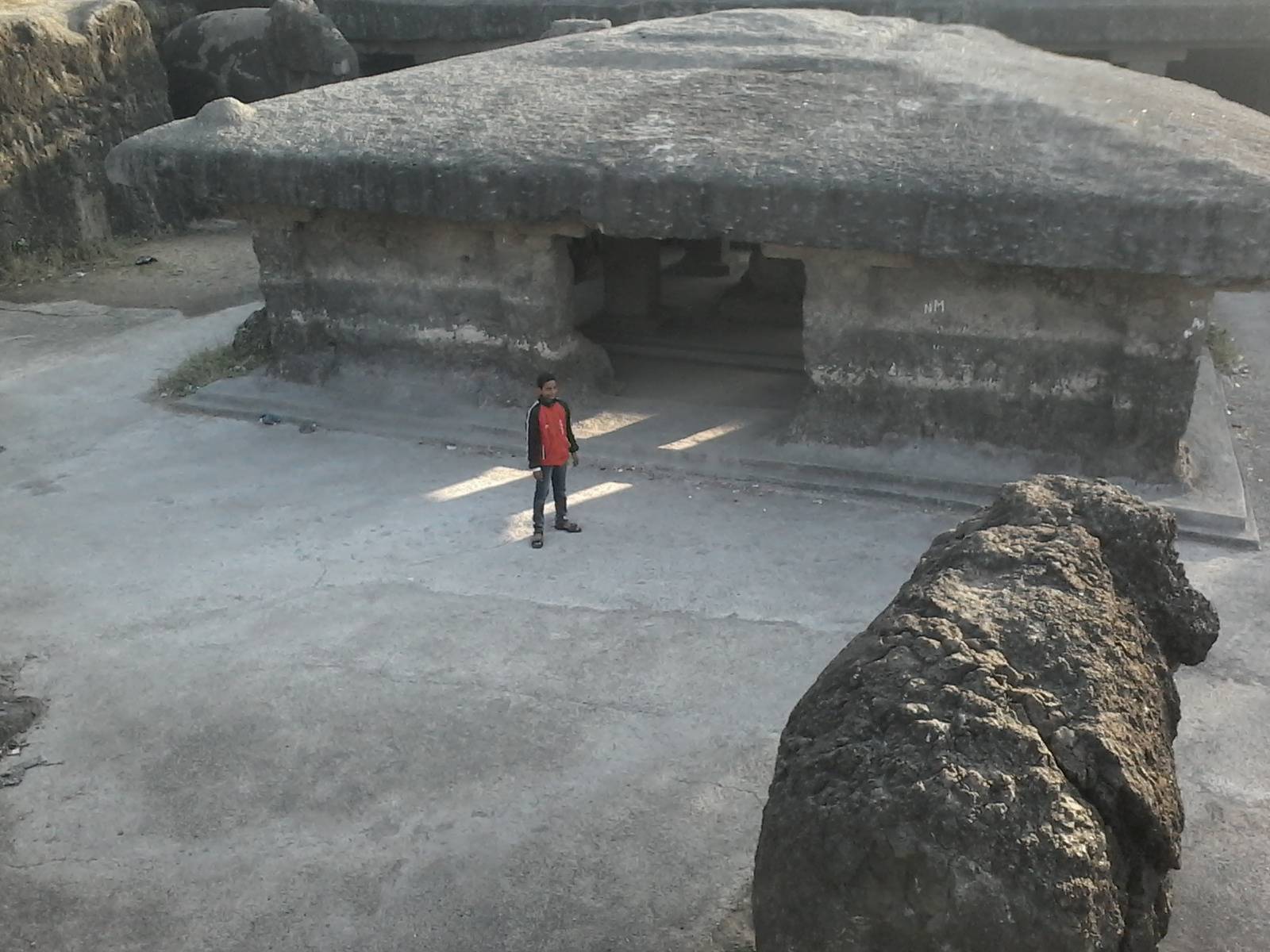
At a glance
- Country: India
- Civilization: Satavahana Dynasty
- Age: 2nd century BCE to 2nd century CE

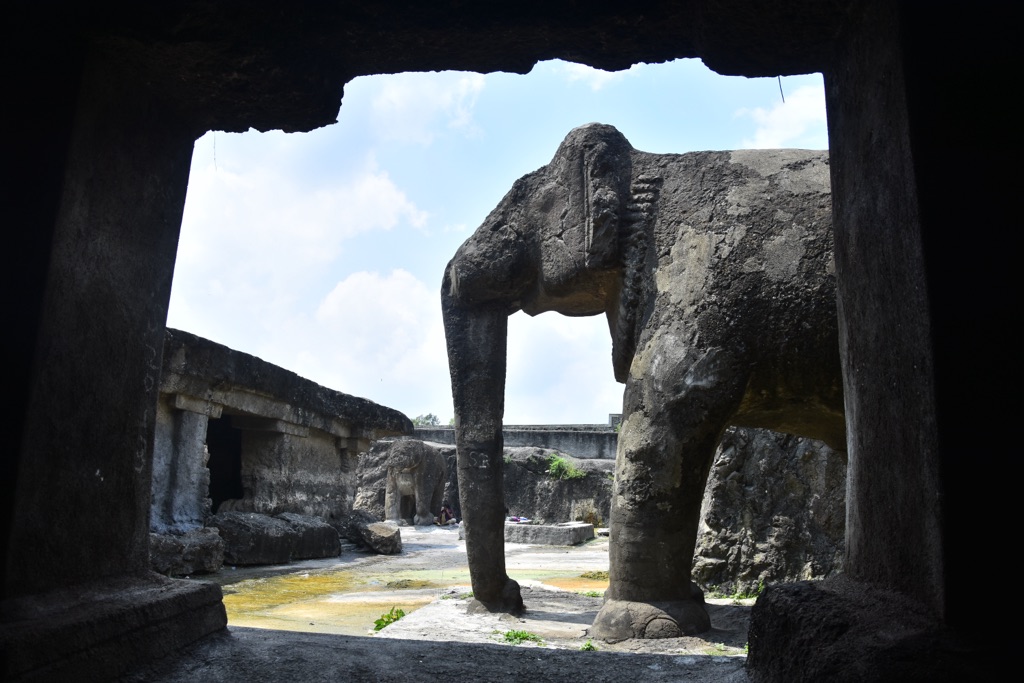
Hello,
The information is very nice and helpful. However this is not located in Junnar region. It is in latur district of Maharashtra.
Thanks
Updated. Thank you!
Hi! loved the information, and am really fascinated right now after hearing that my town is also one of the ancient towns of INDIA! well i think theres more in this town, today i visited a site name BARAKHAMBI, i think it pretty ancient, the scluptures, the art over there just had me. may in future you also look at that marvelous site, and consider me to help you 🙂 thank you